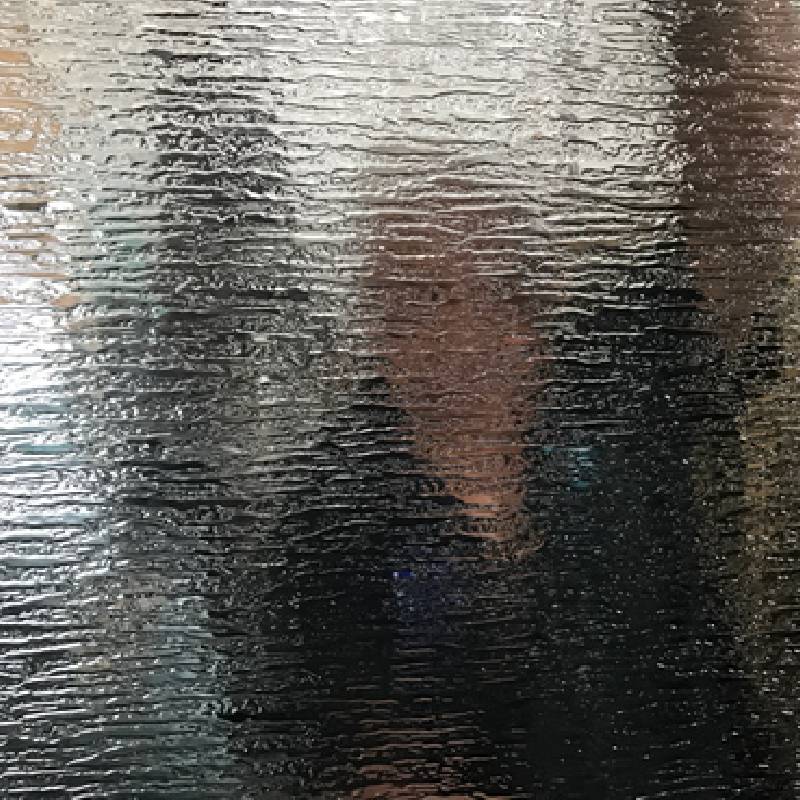The Enigma of One-Way Opaque Glass A Modern Marvel in Transparency Control
One-way opaque glass, also known as one-way mirror or two-way mirror, is a remarkable innovation in the realm of glass technology. It is a material that has captivated the imagination of architects, interior designers, and privacy enthusiasts alike due to its unique ability to offer differential visibility based on lighting conditions. This seemingly magical glass is not just a scientific curiosity but a practical solution in various domains, from security to aesthetics.
The principle behind one-way opaque glass lies in its reflective properties. It is essentially a coated glass with a thin layer of metallic film, typically silver or aluminum, applied to one side. During the day, when the light intensity outside the glass is higher than inside, it behaves like a mirror, reflecting the external environment and preventing visibility into the room. However, when illuminated from the 'private' side, the glass becomes transparent, allowing those inside to see out while maintaining their privacy from the outside world.
This characteristic makes one-way opaque glass an ideal choice for applications where surveillance and privacy coexist. Law enforcement agencies often use it for interrogation rooms, allowing observation without being detected. Similarly, banks employ it for teller windows to ensure both customer privacy and staff safety. In healthcare settings, it enables medical professionals to monitor patients without intruding on their personal space.
In architectural design, one-way opaque glass has opened up new avenues for creative expression
In architectural design, one-way opaque glass has opened up new avenues for creative expression

In architectural design, one-way opaque glass has opened up new avenues for creative expression
In architectural design, one-way opaque glass has opened up new avenues for creative expression
 one way opaque glass
one way opaque glass. It can be used to create visually stunning facades that offer privacy without sacrificing natural light. It allows for open-plan living spaces while maintaining a sense of intimacy and seclusion. Furthermore, it has found its way into modern office designs, fostering collaboration while respecting individual workspace boundaries.
Despite its numerous benefits, one-way opaque glass also raises ethical and privacy concerns. Its potential for covert surveillance has sparked debates about consent and privacy rights. Therefore, responsible usage and clear communication about its function are crucial.
In conclusion, one-way opaque glass is more than just a transparent barrier; it's a dynamic interface that blurs the line between visibility and invisibility. Its adaptability to changing light conditions makes it a versatile tool in various settings, from commercial to residential. However, it also prompts us to consider the implications of transparency in our increasingly surveilled society. As technology continues to evolve, the story of one-way opaque glass serves as a reminder of the delicate balance between progress and privacy.
 Afrikaans
Afrikaans  Albanian
Albanian  Amharic
Amharic  Arabic
Arabic  Armenian
Armenian  Azerbaijani
Azerbaijani  Basque
Basque  Belarusian
Belarusian  Bengali
Bengali  Bosnian
Bosnian  Bulgarian
Bulgarian  Catalan
Catalan  Cebuano
Cebuano  Corsican
Corsican  Croatian
Croatian  Czech
Czech  Danish
Danish  Dutch
Dutch  English
English  Esperanto
Esperanto  Estonian
Estonian  Finnish
Finnish  French
French  Frisian
Frisian  Galician
Galician  Georgian
Georgian  German
German  Greek
Greek  Gujarati
Gujarati  Haitian Creole
Haitian Creole  hausa
hausa  hawaiian
hawaiian  Hebrew
Hebrew  Hindi
Hindi  Miao
Miao  Hungarian
Hungarian  Icelandic
Icelandic  igbo
igbo  Indonesian
Indonesian  irish
irish  Italian
Italian  Japanese
Japanese  Javanese
Javanese  Kannada
Kannada  kazakh
kazakh  Khmer
Khmer  Rwandese
Rwandese  Korean
Korean  Kurdish
Kurdish  Kyrgyz
Kyrgyz  Lao
Lao  Latin
Latin  Latvian
Latvian  Lithuanian
Lithuanian  Luxembourgish
Luxembourgish  Macedonian
Macedonian  Malgashi
Malgashi  Malay
Malay  Malayalam
Malayalam  Maltese
Maltese  Maori
Maori  Marathi
Marathi  Mongolian
Mongolian  Myanmar
Myanmar  Nepali
Nepali  Norwegian
Norwegian  Norwegian
Norwegian  Occitan
Occitan  Pashto
Pashto  Persian
Persian  Polish
Polish  Portuguese
Portuguese  Punjabi
Punjabi  Romanian
Romanian  Russian
Russian  Samoan
Samoan  Scottish Gaelic
Scottish Gaelic  Serbian
Serbian  Sesotho
Sesotho  Shona
Shona  Sindhi
Sindhi  Sinhala
Sinhala  Slovak
Slovak  Slovenian
Slovenian  Somali
Somali  Spanish
Spanish  Sundanese
Sundanese  Swahili
Swahili  Swedish
Swedish  Tagalog
Tagalog  Tajik
Tajik  Tamil
Tamil  Tatar
Tatar  Telugu
Telugu  Thai
Thai  Turkish
Turkish  Turkmen
Turkmen  Ukrainian
Ukrainian  Urdu
Urdu  Uighur
Uighur  Uzbek
Uzbek  Vietnamese
Vietnamese  Welsh
Welsh  Bantu
Bantu  Yiddish
Yiddish  Yoruba
Yoruba  Zulu
Zulu 

 In architectural design, one-way opaque glass has opened up new avenues for creative expression
In architectural design, one-way opaque glass has opened up new avenues for creative expression
In architectural design, one-way opaque glass has opened up new avenues for creative expression
In architectural design, one-way opaque glass has opened up new avenues for creative expression